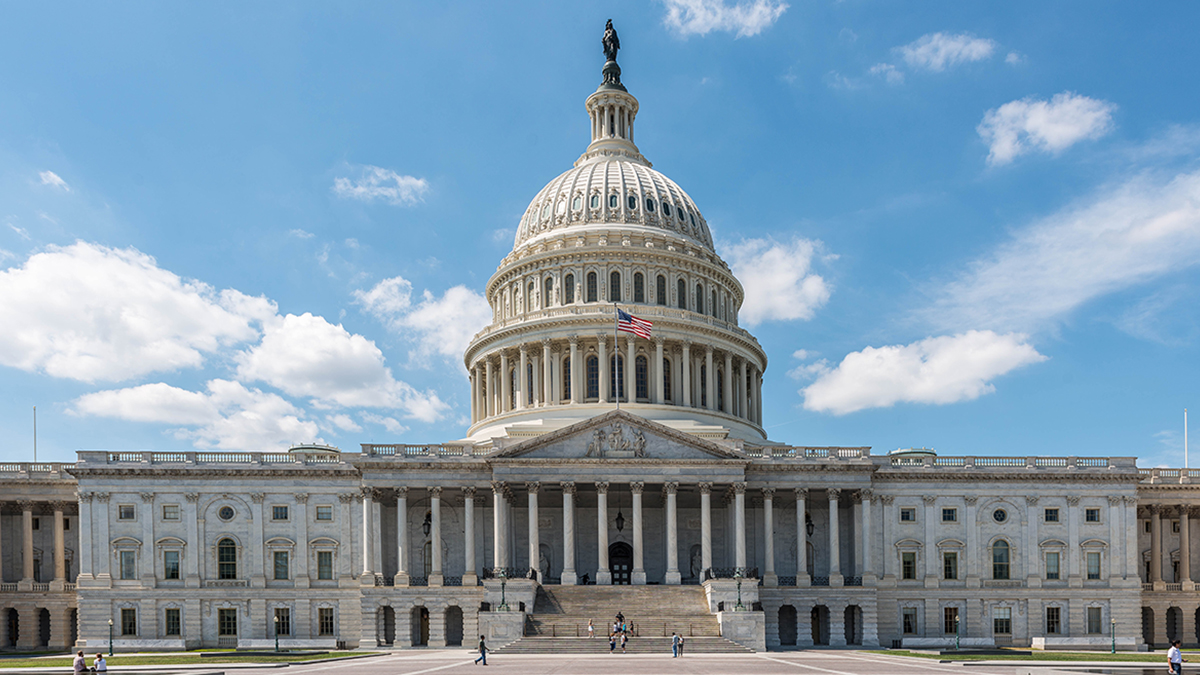President Trump has a busy first few weeks on energy related issues
During his first two weeks in office, President Trump signed dozens of executive orders affecting everything from immigration, climate change, and oil exploration to health and medical research.
Trump’s actions include memorandums, proclamations, and executive orders. All can be consequential, but some have more weight than others. Orders are publicly tracked in the Federal Register and cannot be easily overturned by Congress, though they can be blocked or challenged.
The president’s objective was both to begin to implement his agenda and to signal the planned strategy for his administration over the next four years. In energy, the strategy is to increase US fossil fuel production and to restore American prosperity and rebuild our nation’s economic and military security.
Of the 46 executive orders and other presidential actions signed by President Trump on his first day back in office, six have direct relevance to the energy industry:
- The withdrawal from the Paris agreement, terminating US involvement in all climate-related international agreements and financial commitments. The US goals for emissions reduction set out by the Biden administration late last year are voided.
- A catch-all executive order on energy, including a wide range of provisions intended to “unleash America’s affordable and reliable energy and natural resources.” This ends the Biden administration’s pause on approvals for new liquefied natural gas (LNG) exports. It also starts processes for easing regulations on oil and gas production, scrapping appliance efficiency standards, and changing regulations that encourage sales of electric vehicles.
- A declaration of a “national energy emergency,” giving the Trump administration more powers to expedite approvals for infrastructure for fossil fuels, biofuels, nuclear power, and critical minerals, but not solar and wind. This is focused in particular on securing dispatchable “baseload” power supply for data centers, because artificial intelligence (AI) is a vital issue for national security.
- An order to lift restrictions on oil, gas, and mineral production in Alaska. This opens areas for development, including parts of the Arctic National Wildlife Refuge (ANWR), and supports the state’s aspiration to revive its LNG industry.
- A mandate for government departments to look for ways to bring down prices for consumers, including scrapping climate policies that raise the cost of fuel and food.
- New restrictions on wind power development. They include bans on new leasing for offshore wind, threats to existing leases, and a temporary suspension of all federal leasing and permitting for wind projects both offshore and onshore.
As well as these executive orders, President Trump also raised other issues that could affect the energy industry. The most important of those was the threat of new 25% tariffs on imports from Canada and Mexico if the flows of people crossing their borders into the US are not stopped.
Some of the measures covered by those orders and statements will have an immediate impact. Others will need time to take effect or may face difficult legal challenges, and some may never come into force at all.




